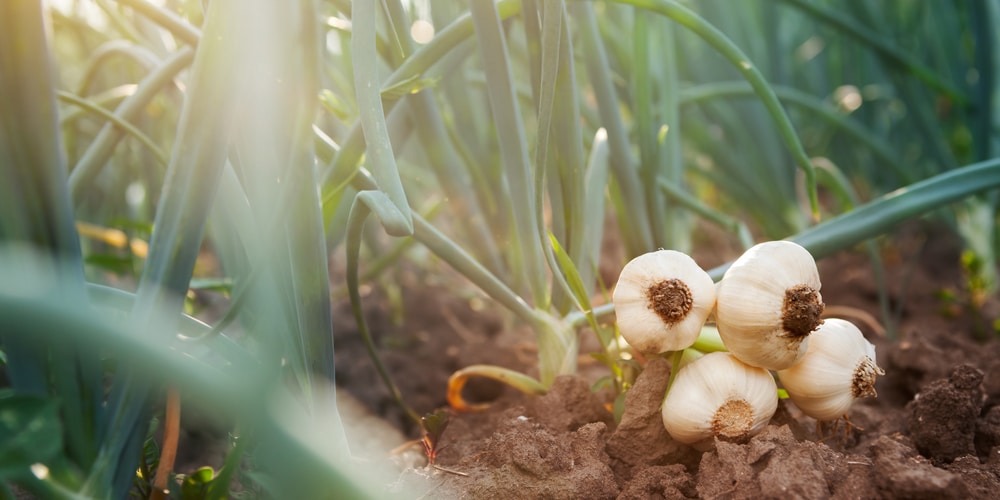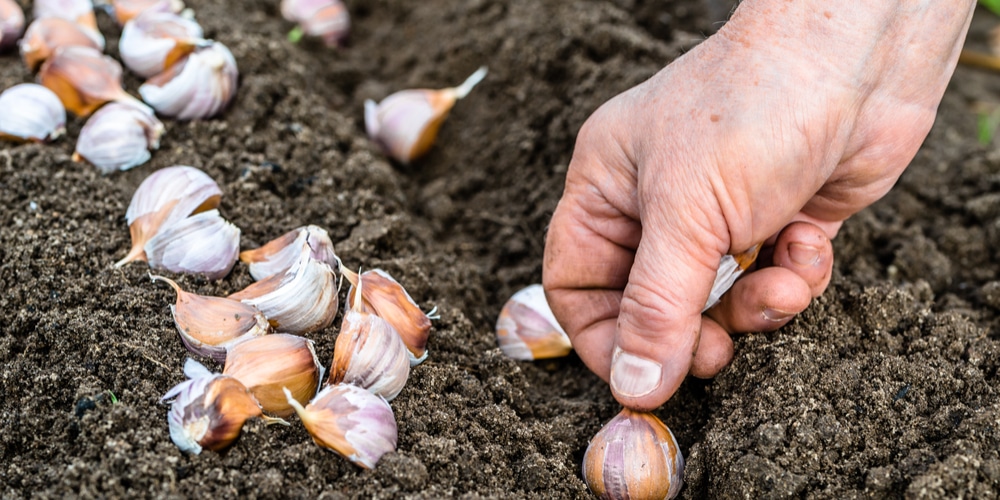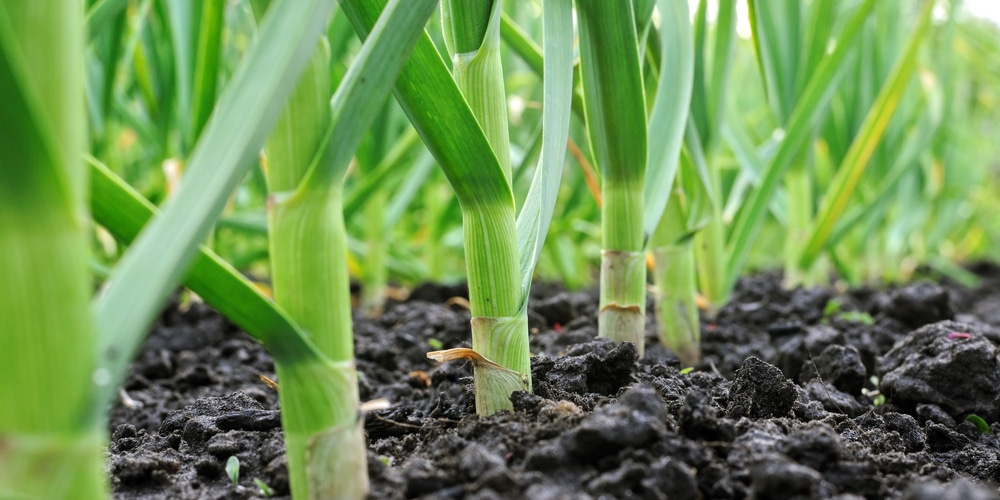Garlic has a million, and one uses both inside and outside the kitchen, and if you intend to plant them, it’s best to know the right time.
The question is when to plant garlic zone 6? You can grow garlic in both zones 6a and 6b, and the best time to do so is during the fall season. Specifically, you’ll want to settle in the first bulbs in mid-to-late October or before the first frost arrives.
When Should I Plant Garlic in Zone 6?
The trick to getting bigger bulbs and a more spectacular flavor from your garlic is in the timing.
Garlic is cold-hardy enough to survive winters in USDA zone 6, and gardeners can put them in before the ground hardens. However, if you want to make the most of your eventual harvest, we recommend a fall planting session.
You can also count the weeks by estimating the first frost date, then going back 4-6 weeks and preparing the site or bed for garlic. You wouldn’t have to worry about the cold damaging your plants as they’re adapted to it, and low temperatures are an essential step in them growing healthy.
Garlic can grow in colder climates, even in Alaska, so you shouldn’t have any issues with frost damage or your plants not surviving the winter. October is the best time to plant garlic in USDA zones 6a and 6b- missing out on that window is fine, but you won’t get as big or as flavorful a garlic in the end.
How to Care for Garlic in Zone 6
The next step to seeing your garlic grow from a bulb to maturity is ensuring you meet its optimal environment.
There are three types of garlic- the hard neck, soft neck, and giant variety. All of them can grow in zone 6; however, some types are more suited for the climate than others. If you’re in the region, it might be better to get the soft neck ‘California Early’ so you have a higher chance of success.
Garlic does need a cold spell to sprout, and for those who live in a warm region, there’s nothing they can do but put the bulbs in the refrigerator for around 2-3 weeks before they’re put in a permanent home.
When caring for garlic, choose a spot in your yard or garden that gets plenty of sunlight. They especially like well-draining soil with plenty of organic matter and regular fertilizing. It’s recommended that you add around 3-4 inches of mulch as well. You can plant garlic in large containers but make sure they have what they need to grow well (organic matter and direct sun).
Garlic cloves can be broken apart by hand and placed into the soil with the end up. Observe a depth of 4 inches and spacing about 5 or 6 inches apart so they won’t be cramped. Then, add the mulch, water your plants, and wait for the first ‘leaves’ to sprout.
Maintaining Healthy Garlic Plants in USDA Zone 6

Garlic likes to keep a moist soil, so you should monitor it every now and then and water it when the topsoil gets dry. Mulch will serve as a protective barrier against frost, but you can lessen it when the risk has passed.
You can feed your garlic organic matter and natural fertilizer during the colder months. Also, once you see a bud stalk come out the center of your plant, remove it as soon as possible so your garlic can dedicate its energy towards growing a delicious harvest.
Generally speaking, you can harvest your garlic from June to July if you planted them in October. They’re pretty vocal and showy when they’re ready- you’ll see the lower leaves start to brown and wither. When this happens, immediately stop watering and wait for them to mature.
It’s best to dig them up when the soil is nice and dry. You can use a potato fork or spade to dig them up, then use your hands to free them from the ground. Shake the dirt and hang them to dry, and in about four weeks, they should be ready to eat.
Related Article: When to Plant Garlic + Growing Guide

